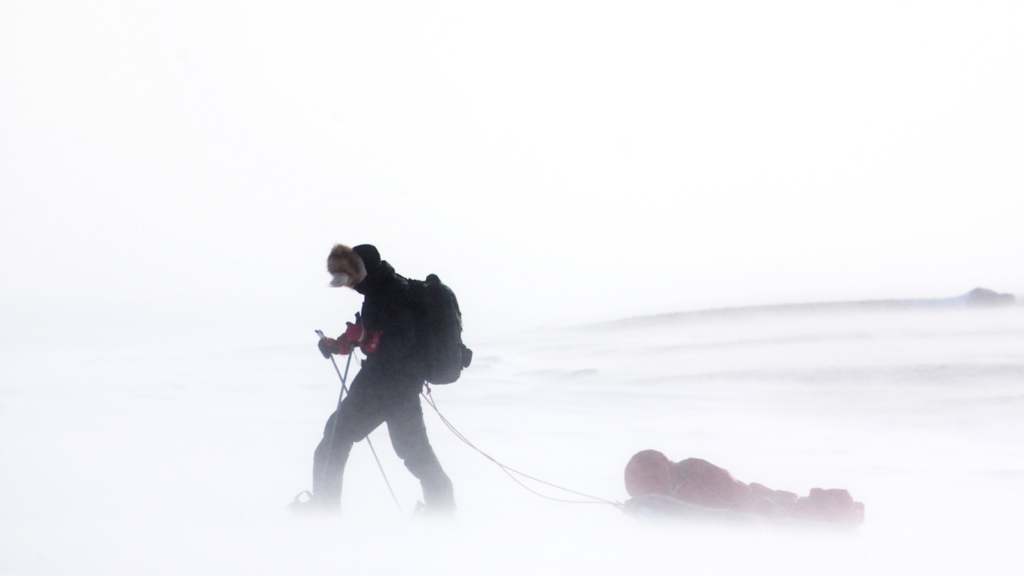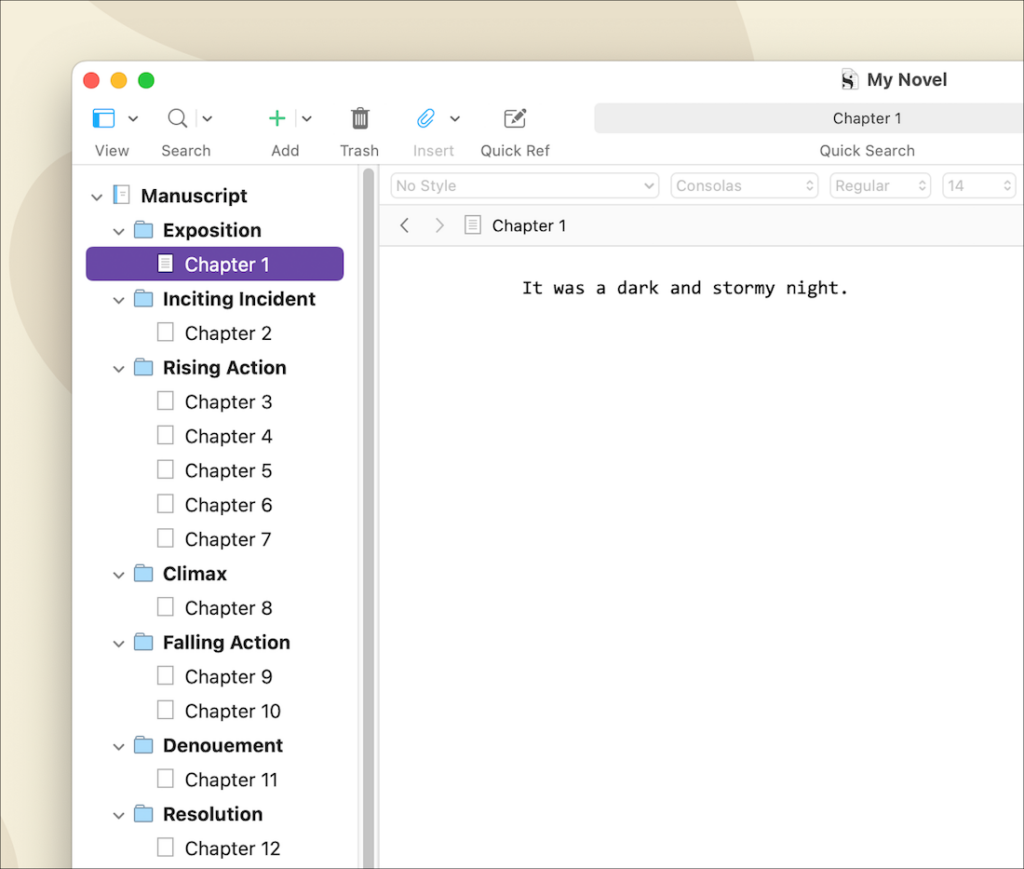There are several ways of analysing story structure by dividing it into acts, each containing key elements that drive the plot.
Different people have posited that stories can be divide into three acts, five acts, or even seven acts. Joseph Campbell’s “hero’s journey,” based on his analysis of comparative mythology, contains 17 stages. No matter how many acts or stages are in a story, every story contains a number of key elements.
The opening or exposition
This is an element that appears in every story, of every kind. It sets the scene, introduces characters, and gives the reader a taste of what is to come. This is the most important part of a story, because it needs to hook the reader, to convince them to spend their time reading the rest of the story. Ideally, there is a hook at the very beginning of the opening, or at the end of the first chapter, to draw the reader in and make them want to turn pages.

The inciting incident
This marks the beginning of a story. In The Maltese Falcon, this is when Ruth Wonderly comes into Sam Spade’s office, claiming that she wants the detectives to find her missing sister. In Breaking Bad, the inciting incident occurs when Walter White receives a lung cancer diagnosis. In most murder mysteries, the inciting incident is when a body is found. And in romances, the inciting incident is often the meet cute, when the two main characters, who will hopefully fall in love, meet for the first time. Sometimes the inciting incident occurs on the very first page; sometimes it takes one or two chapters to occur.
Rising action or crises
This section forms the ‘meat’ of a story, when the detective investigates a crime, when, in a romance novel, the main characters have their ups and downs, and, in an adventure story, this is when the hero is searching for the treasure. During this part of a story, readers discover more about the characters, and see them in conflict. The protagonist must resolve this conflict to move forward, trying to reach their goal, but there are hurdles that they must overcome. In Thelma and Louise, the rising action includes the attempted rape of Thelma, the murder of the rapist by Louise, Thelma’s armed robbery of a store, and the characters’ attempt to reach Mexico. Each of these incidents shows the characters and their actions, as they confront problems and overcome them. During the rising action, characters are seen to change and grow.
The climax
Here is the moment when the story reaches its paroxysm. The detective confronts the murderer, the couple get together, and treasure hunter finds the treasure. The climax can take place at the end of a crisis scene, when James Bond defeats the villain, and, in thrillers or adventure fiction, the climax is often a life-or-death scene. It can be catharsis, when a character understands that they need to change to grow and move on in their life. Or it can be revelation, such as in a mystery, when a killer is unmasked. In The Maltese Falcon, the climax occurs when a wounded man stumbles into Sam Spade’s office, and gives him a package, which turns out to be the falcon statute that others are looking for, allowing Sam Spade to work out how to deal with the people who killed his partner.
Falling action
This part takes place just after the climax, and leads up to the denouement. Things are slowing down, characters are catching their breath, plot threads are connecting, and characters are preparing for the next stage, the denouement. In The Lord of the Rings, the falling action is the Hobbits’ journey back to the Shire, after the One Ring has been destroyed.
Resolution (and / or denouement)
The denouement (French for untying) and resolution can be two separate events, or they can be combined. In a murder mystery, the denouement is when the detective finds the murderer; sometimes, this scene may also be a resolution, and we see what will happen to characters immediately following. In a romance, the denouement is often the first kiss, when two lovers find themselves, or when they find themselves again, after many vicissitudes. In many romances, there is no actual resolution: it’s up to readers to imagine if the characters live happily ever after.
The resolution is sometimes what happens after the climax and denouement. We see how a protagonist has grown, or we feel their satisfaction at having achieved a goal. In Romeo and Juliet, after the denouement (the double suicide), the two families realize that their feud led to the death of their children, and they decide to end their disagreements.
Stories don’t always need a denouement and resolution. For example, in Thelma and Louise and Butch Cassidy and the Sundance Kid, there is no denouement or resolution. The endings of both these films are climaxes, and they end with the characters just about to die. In Citizen Kane, the climax occurs when we see Kane’s childhood sled, bearing the word Rosebud, burning in a fire. There is no resolution for the journalist who had been seeking the truth about Charles Foster Kane.
Many stories end with a cliffhanger, if they are episodes of a TV series, or films that invite sequels. In this case, there is a climax, and perhaps a denouement for the current story, but no resolution, as the future of the characters is left open for the next episode or the sequel.

Putting it into practice
When working in Scrivener, you can prepare your project to take these story structure elements into account. When setting up your project, you could create folders in the Binder for each of these elements, and add your chapter files, or chapter folders, to each of them. As you progress, and your plot develops, you can rearrange elements as you need, view them in the Outliner or the Corkboard, and eventually remove the top-level folders before you compile your draft.

Scrivener is a story writing app that moulds to the way you write. Find out more and take our free 30-day trial here: https://www.literatureandlatte.com/scrivener/overview.

